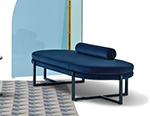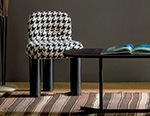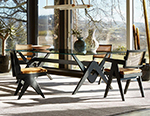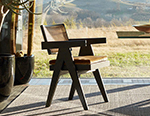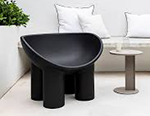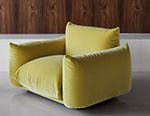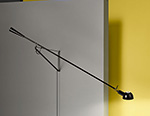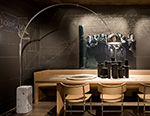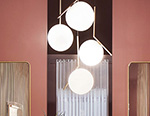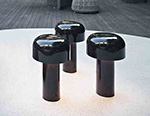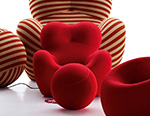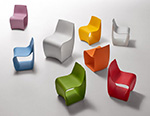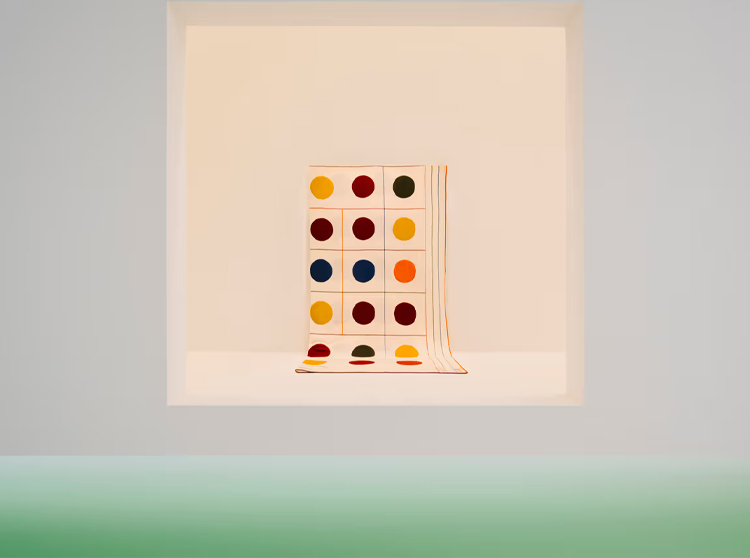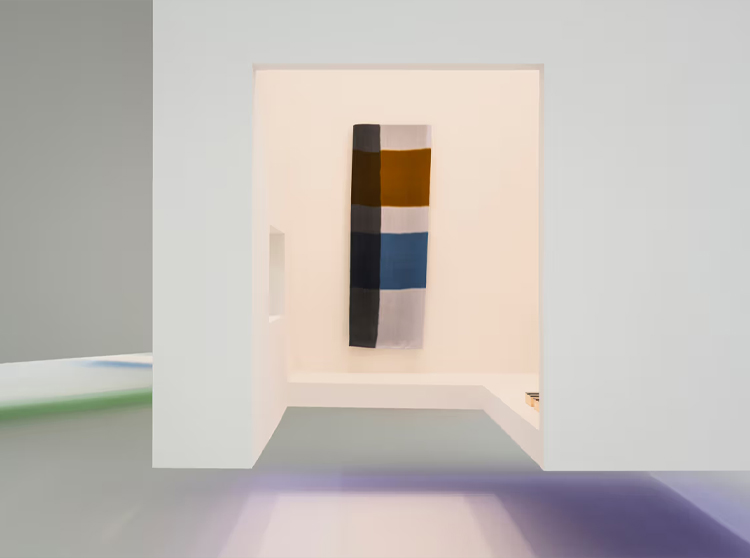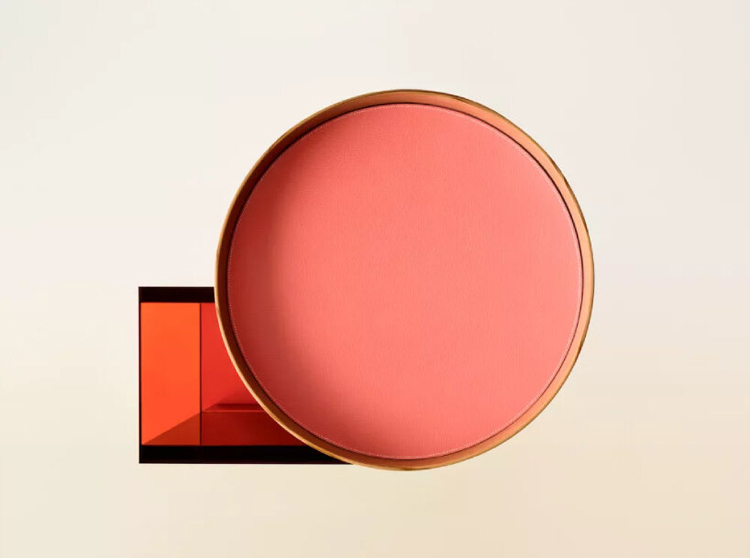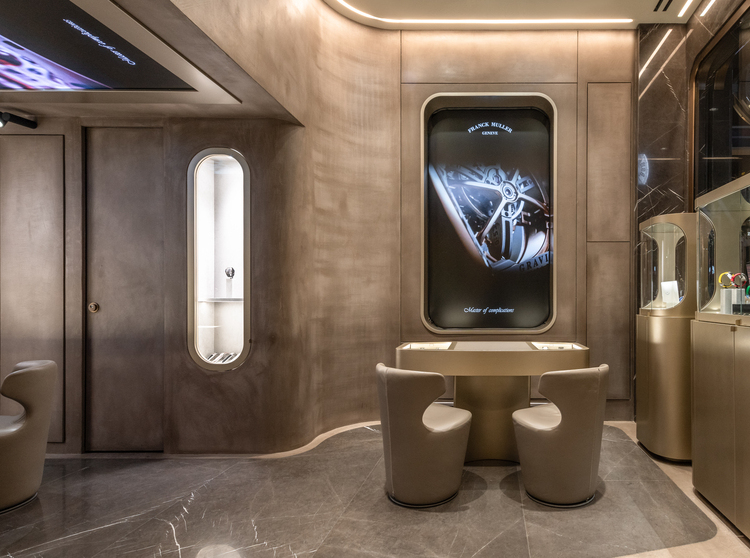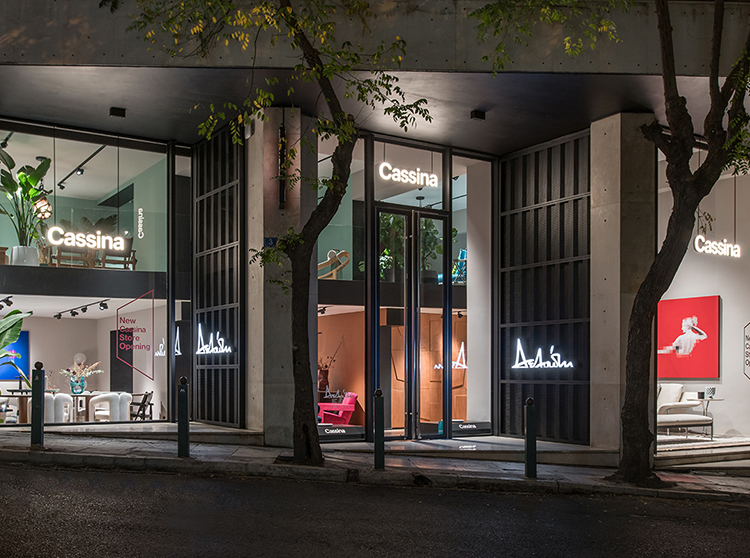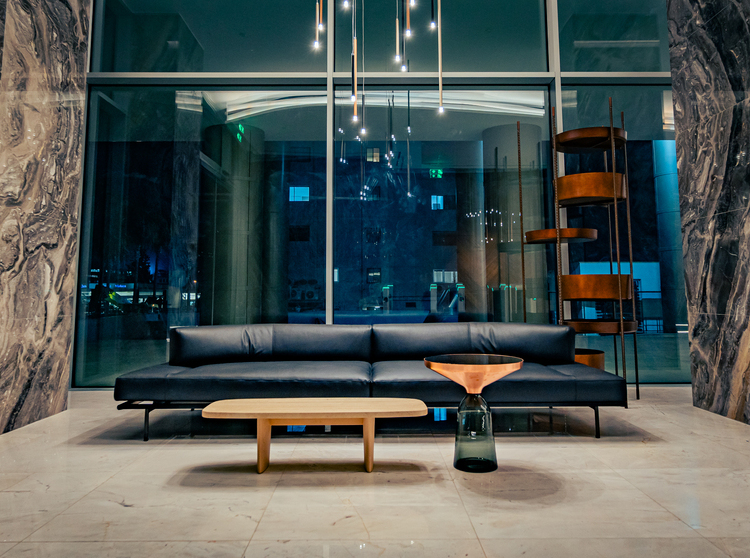
Hermès returns to La Pelota for Milan Design Week 2025, presenting its new home creations in a white, nearly colorless landscape of suspended boxes projecting halos of bright colours onto the ground. On view for the public from Wednesday, April 9th, to Sunday, April 13th, in the heart of Brera, the new Hermès collections spotlight the poetics of glass — explored here through a range of artisanal techniques that highlight its texture, transparency, and depth.
As every year, the scenography is designed by Charlotte Macaux Perelman, architect and artistic director of Hermès collections for the home with Alexis Fabry. Contrary to the 2024 installation, which presented a study on materiality with a focus on earthy, raw materials, this year the interior of La Pelota immerses visitors in a light, ethereal space that feels like being suspended between the clouds. The experience encourages a slower pace, and rather than revealing everything at once, the partially enclosed display zones discretely reveal glimpses of Hermès’ latest collection only in part. Contained within them, the vases, jugs, tables, trays, and throws accentuate transparency, texture, and capacity for emotion.
Hermès’ showcase at this year’s Milan Design Week transforms La Pelota into a quiet, almost weightless scenery, and distills the act of discovery into a delicate kind of ritual. Set within a white landscape, the suspended volumes, each housing the new Hermès home creations, emmit a colorful glow at their base. These halos, gentle and precise, serve as the only markers in the space, turning the floor into a shifting grid of light.
This year, the focus turns to materiality, and particularly glass. Shaped using techniques such as blowing, casing, and fusing, the glass pieces in the collection explore subtle shifts in opacity, thickness, and hue. Casaque, for example, is a series of colored mouth-blown glasses cut by artisans to form striped and chequered patterns with infinite precision. Doublé d’Hermès alongside this presents oversized vases made of combined molten materials using the casing technique, superimposing up to seven successive layers of glass. A leather cuff wraps around it, contrasting the textures and tones of the glass base. The Pivot d’Hermès side tables by Tomás Alonso, meanwhile, feature lacquered glass painted in vibrant compositions. The rounded tabletop juxtaposes a rectilinear base, placing a round box in sugi (Japanese cedar), its band curved using an ancient Japanese technique and engaged in unexpected emotion.


Glass is joined by accents of leather, wood, and textile pieces — materials also chosen for the way they interact with light and space. In textile, the Striped Dye and H Partition throws have been crafted in complex compositions, with the latter by Amer Musa shaped from 24-carat gold powder applied to a fine, hand-woven cashmere chevron design in an ivory colour. Read on for our full interview with Charlotte Macaux Perelman and Alexis Fabry where we discuss the various artisanal glassmaking techniques that brought the collection to life, Hermès’ philosophy, and their journey so far as they celebrate a decade of steering the creative direction of Hermès Home Collections

